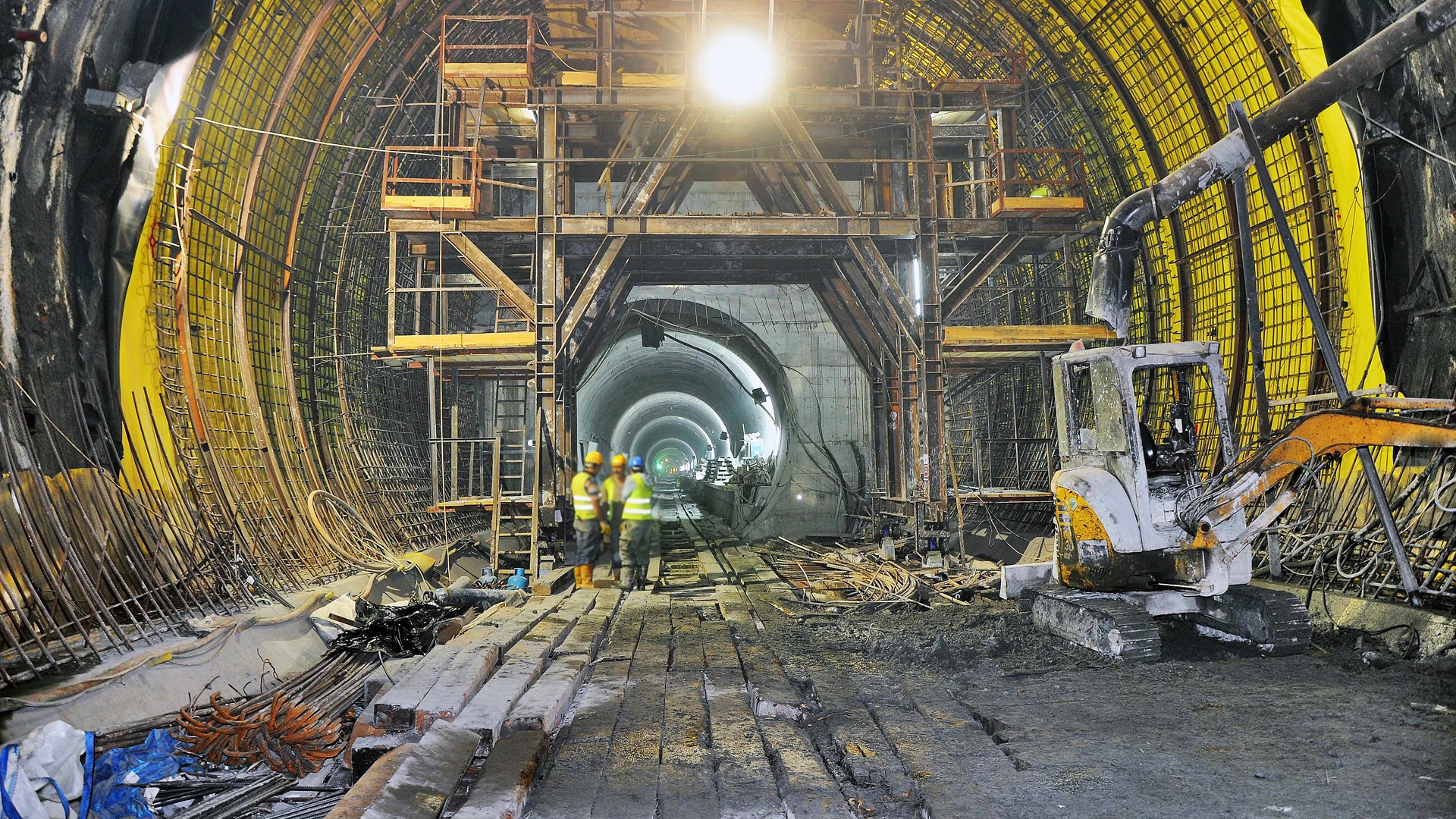More Infrastructure Investment? Sure, But Let’s Use the Muni Market
December 15, 2016

Since November, the environment for municipal bond issuers has become really difficult. From a market perspective, the sharp cash outflows and redemptions experienced by bond funds coupled with the tax-code uncertainty for insurance companies has led to a significant weakening of rates (higher yields). Yesterday’s decision by the FMOC to raise the fed funds rate will pressure the yield curve to move even higher. Additionally, on the regulatory front, outgoing SEC chair Mary Jo White renewed calls for the SEC to establish disclosure standards for issuers. And a member of Congress has drafted a bill that would completely upend the current muni market disclosure regime by requiring the SEC to determine disclosure standards, establishing pre-sale registration requirements of certain types of bond sales, and shifting the burden of disclosure to issuers from underwriters.
Yikes – talk about a bad month.
The bright spot for issuers amidst these developments is the renewed focus on rebuilding the nation’s infrastructure. Both presidential candidates promised a focus on infrastructure investment; President-elect Donald Trump specifically mentioned it in his election-night victory speech. Since then, there have been nearly daily articles in the Wall Street Journal and the New York Times on how this could be accomplished, which all muni bond market participants would agree is a very healthy thing. Nathaniel Popper of the New York Times broke down the infrastructure needs in a particularly good article, while his colleague James Stewart wrote a column encouraging Trump to build something inspiring. I highly recommend both to muni market participants.
For municipal issuers, this is a long over-due conversation. As the details of the new infrastructure investment plan begin to get fleshed out, it’s imperative that issuers – via their trade associations like the GFOA, NAST, and others – have a hand in developing the program because of the risks inherent in other policy proposals whether tied directly to the infrastructure investment idea or not.
For example, another stated objective of the new administration is an overhaul of the tax code. Any reduction in the rate on personal income taxes will have a direct impact on the value of municipal bonds because most end up being held as tax-exempt investments by individual investors. A lower tax rate will reduce the demand for municipal bonds and result in higher yields born by issuers and ultimately taxpayers. While a lower tax burden may in fact be good for the overall growth of the economy and the country – something that we’re not debating here - a major overhaul of the tax code could include a narrowing of the tax-exemption or elimination of the benefit/subsidy all together. The former is something that has been proposed for the last few years by the current administration.
A federal infrastructure bank has been mentioned as a possible idea to address the need to repair thousands of roads, bridges, tunnels and rails. But without additional funding to accompany such a new program, an infrastructure bank would just be a different mechanism to fund the same number and scale of projects. Essentially, this would only shift the identification of infrastructure investments from local officials to federal officials and not enable the funding of more projects. In other words, Congress gets to pick mega projects instead of states and cities.
Finally, there also seems to be an emphasis on setting up an infrastructure program using tax credits to attract private investors like domestic and international pension funds, sovereign wealth funds, infrastructure consortiums, private equity firms, etc. On the surface, the idea of deepening the pool of investors willing to invest in the repair of the nation’s public infrastructure is a very good thing. But at what cost?
Most of these private sector investors seek returns of 8%, 9% or more. This begs the question: why would we build a school or a bridge at a cost of 8% or 12% by partnering with a private wealth fund when that same school or bridge could be funded through the municipal bond market at 4% or 5%? Municipal bonds offer the cheapest way to finance the new infrastructure that the U.S. needs. It therefore makes sense to promote policies that support the growth and development of the muni bond market.
As the infrastructure program begins to take shape, policymakers should work with issuers to identify the tools needed to make the municipal market more efficient to support the scale of investment that is being targeted. This might include enhancements to the tax code under which municipals are currently issued, like the ability to advance refund a bond more than once; or new programs to attract more low-cost investors, like a 2.0 version of the Build America Bond Program; or additional sources of funding, like enhanced revenues from the federal gasoline tax which are used to fund local transportation projects across the country.
For more to chew on, check out my prior blog on a targeted plan to rebuild bridges across the country.